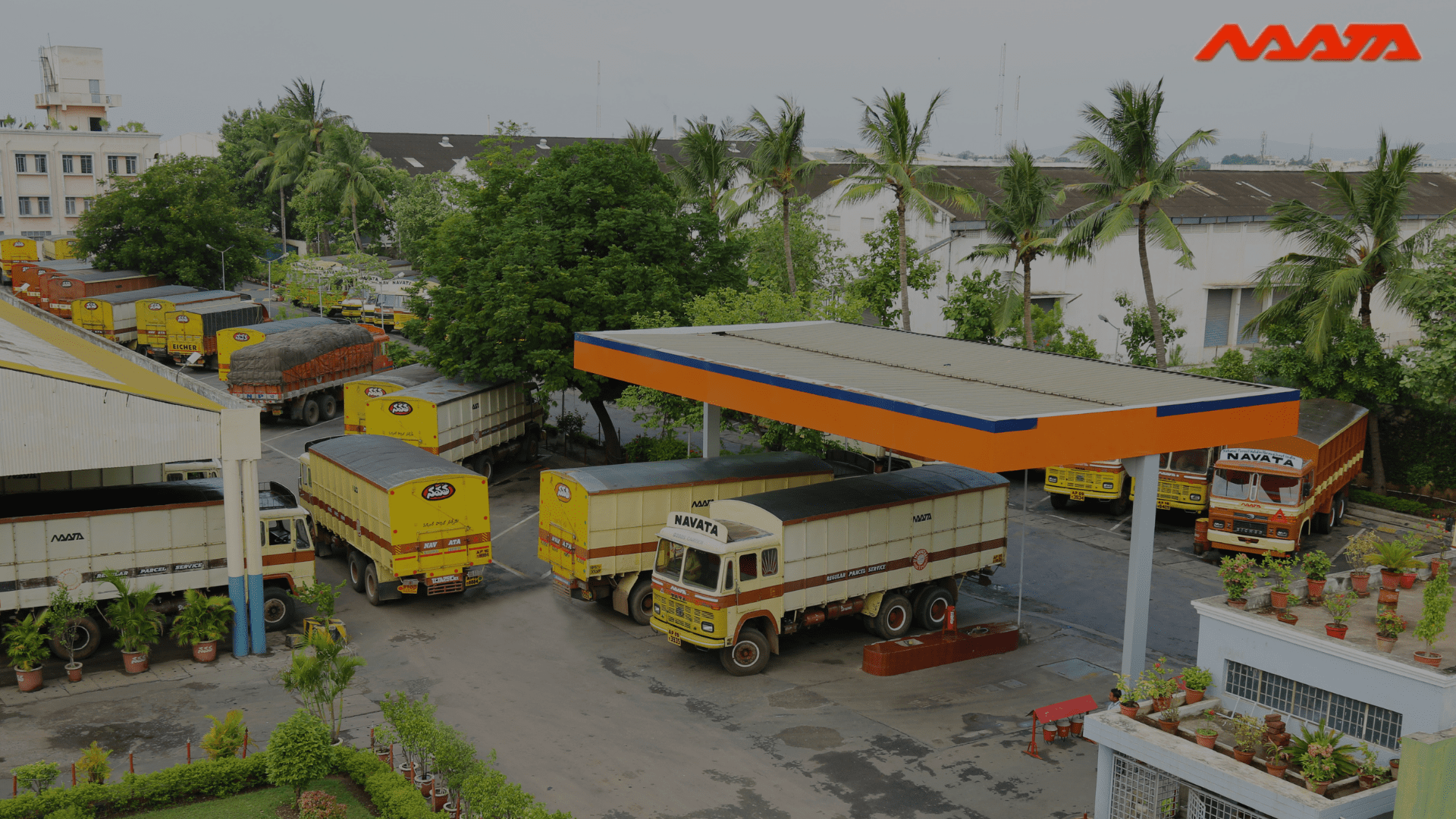Why Is Road Transportation of India So Impressive , 2023?
Table of Contents
Road Transportation Of India
Road transport literally means transporting cargo, personnel or goods, from one destination to the other, by roads.
Road is a route that connects two or more destinations. Roads are primarily of two types, – paved to enable transportation by motorised vehicles, or raw and untarred roads that enable only non-motorised vehicles.
As compared to other modes of transport, Road Transportation In India has many advantages that make it the desired form of transporting goods. The primary advantage is that road transport is cost effective. The investment required in road transport is much less, compared to other modes of transport such as railways and air transport.
Also, the cost of construction, operating cost, and maintenance is much cheaper in the case of roads, than it is in the case of rail or air transport. Another major advantage of road transport is its level of image penetration into populated areas. All this makes road transport highly cost-effective and a preferred mode of transport, both for freight and passengers.
Road transport, owing to its easy accessibility in all areas, makes it vital for the economic development and social integration of the country.
Road Transportation Of India rules the transport industry. It is the most dominant segment in India’s transportation sector, with a share of a whopping 4.5% of India’s GDP, in 2005 -06. The Road Transport Sector accounts for about 87% of passenger traffic, and 60% of freight traffic movement, in the country.
The advantages of easy availability, adaptability to individual needs, and cost savings, give it the edge. Also, no transport industry, air, shipping, or rail, can do without road transport. Road transport is also the feeder service to the railway, shipping, and air traffic.
You Might Also Like To Read: Top 10 Advantages and Disadvantages of Road Transport in India
Another major advantage of road transport is that it is quick and speedy, convenient and flexible. Particularly a good transport mode for short distances, road transport can be classified as the popular mode for transporting cargo, human or otherwise.
A major advantage of road transport is its door-to-door delivery of goods and materials, while at the same time providing an economic and cost-effective means of cartage, loading and unloading.
Air, rail and shipping, all have certain limitations pertaining to their outreach and penetration into remote areas. But this is not the case with road transport. At times road transport is the only way for carrying goods and people in rural areas that are not accessible by rail, water or air transport. Hence delivery of goods between cities, towns and small villages is made possible only through road transport.

Road Transportation of India and Economic Development
Transport infrastructure is the artery of a country ’s growth and dev elopment. It is one of the pillars of economic development. Every development depends upon a good and efficient transport system. And undoubtedly, road transport is the core segment on which all modes of transport rely.
Road Transportation Of India system offers a vital link between production and consumption. Hence, it is seen as the controller of the country ’s economy . A good transport infrastructure empowers and unfolds a good economic potential. Progress and development of a nation can be seen and understood by the amount of traffic moving on the roads.
The existing transport system in India comprises of rail, air, road, and coastal shipping transport. The transport sector of India has grown rapidly over the past few years. It has, in fact, recorded considerable growth, both in terms of distance as well as the output of the system.
An efficient transportation system empowers development by increasing the accessibility of public and businesses to reach jobs, goods, services, and activities. Hence the productivity of a nation, its businesses, and people also increases. This boost in productivity can be undoubtedly attributed to transport infrastructure enhancements that lead to decreased travel time and increased work potential.
Improved travel time brings the labor market closer to their workplaces, faster, and thereby improves the worker’s productivity, leading to an increase in the company’s service output.
India has a huge and diverse transport industry with its own challenges. And the transport industry of India is constantly upgrading itself. There is a shift to implement more and more energy-efficient technologies and customer-centric approach in the transport sector.
Transport Industry is the ‘lifeline’ of a nation , there cannot be anything truer than this.

Also Read: Logistics and E-Commerce
Road Transportation of India and Its Vital Role
- Roads provide connectivity into remote areas which are inaccessible by rail, like interior countryside and villages and the backwaters.
- Roads provide the “feeder” and “last mile ” connectivity, and compliment rail transport. Roads provide a transport system for goods and passengers arriving by rail, from railway heads to the desired doorstep.
- Road Transportation Of India can cover the shortest and the longest of distances, from source to the final destination. Hence road transport can easily provide door-to-door connectivity within cities.
- Road transport is an important and preferred mode of transportation for perishable agricultural produce, owing to its accessibility into remote areas and its doorstep connectivity.
- Road network is crucial to a Nation’s Security and Defense systems due to its outreach and influence potential.

Policy Initiatives by the Government In Support of Road Transportation of India
Tax & Incentives
- 100% tax exemption is given on road projects for initial 5 years, followed by a 30% tax relief over the next 5 years.
- A capital of up to 40% of the total project cost is offered and granted to road transport projects to increase viability.
Infrastructure Debt Funds (IDFs)
- India Infrastructure Finance Company (IIFCL) has been set-up by the Govt of India, to provide long-term funding to infrastructure projects.
- The withholding tax, pertaining to interest payments on external commercial borrowings for infrastructure, has been lowered to 5% from the earlier 20% withholding tax.
Union Budget Support
- A magnanimous 14.67 billion US dollars has been allocated for the development of road transport and highways, as per the planned outlay under the Union budget of 2017-18
A target to develop almost 2,000 kilometres of coastal connectivity roads has been set, as per the Union Budget of 2017-18
Rural Development and Road Transport
Prime Minister’s Gram Sadak Yojna (PMGSY) is a rural road development project to increase the outreach in remote areas, and empower villages, has been initiated.
A whopping 4.21 billion US dollars has been allocated to the Pradhan Mantri Gram Sadak Yojna (PMGSY) scheme, as per the Union Budget, 2017-18.
Tax-Free Infrastructure Bonds
Tax-free infrastructure bonds are a huge incentive for transport development projects and schemes. Infrastructure Finance Companies – India Infrastructure Finance Corporation (IIFCL), National Highway Authority of India (NHAI), Housing and Urban Development Corp (HUDCO), Power Finance Corporation (PFC), and India Railway Finance Corporation (IRFC) – have been authorized to issue tax-free bonds worth 3.27 billion US dollars for the FY2015. Herein, the spotlight is on the promotion of debt funds.
Thanks For Reading: Why Is Road Transportation Of India So Impressive , 2023?
Powered By 360Presence




